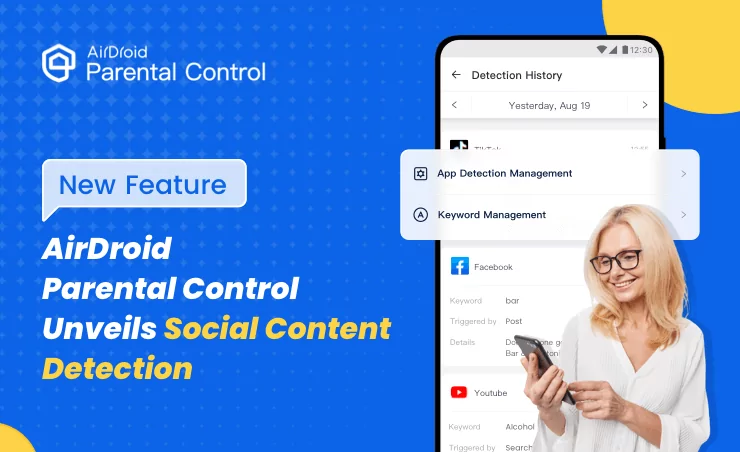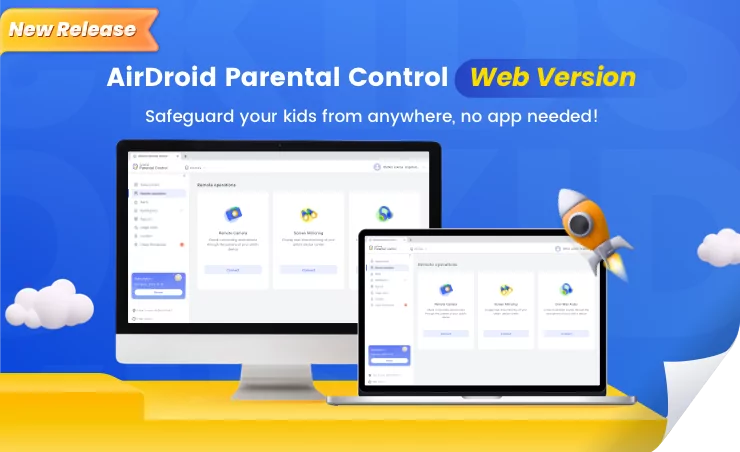Secure Fleet Management with MDM: Lockdown Solutions for Truck Drivers
Fleet operators have a daunting challenge: cross-border transit. When trucks enter neighboring countries, they are often far from company headquarters. Without oversight, drivers may misuse their company-issued devices, experience delays due to hardware or software downtime, or face difficulty communicating with dispatchers.
Logistics companies must also add an MDM to this technology stack, which will enable them to manage and monitor their devices at scale.
1Challenges of Fleet Management
Soaring costs due to device misuse
Logistics companies provide devices mainly for communication and navigation. The main office or dispatcher needs to be in touch with drivers and provide them with assistance in determining the most efficient delivery route. Unfortunately, many drivers end up using their phones for non-work purposes, such as social media, streaming, gaming, or browsing.
While such activities may seem harmless, they can accumulate and hurt the organization's bottom line. Non-work use of company-issued devices can skyrocket data charges. They can also use their company device for personal communication, such as by making long-distance calls or texting friends frequently. This misuse will further add to the organization's expenses.

But there is a deeper problem. Some drivers use these apps while on the road, which endangers themselves and others on the road. According to the National Highway Traffic Safety Administration, there were 3,275 deaths due to distracted driving in 2023 alone.
For companies, the liability associated with any distracted driving accident or crash can be exceptionally costly.
According to one study, smartphone distraction costs fleet operators an average of $45 to $125 per month for every vehicle. A mid-sized fleet operator with 100 trucks could be paying up to $12,500 per month, or $150,000 annually, in repair costs, higher insurance premiums, fines, court fees, victim payouts, and other costs incurred due to smartphone distraction.
Smartphones are a powerful tool for drivers on the road, but they need to be deployed with the proper controls for fleet operators.
Operational risks from non-compliant applications
When people think of cyberattacks, they generally focus on consumer websites, such as financial platforms or e-commerce websites.
In actuality, industries in the supply chain, such as trucking, are especially valuable targets: A study by Mimecast found that transportation and logistics was one of top three industries targeted during the first 100 days of the COVID-19 pandemic, and that two technologies instrumental to the space, 5G and internet of things (IoT), were highly vulnerable attack vectors.

This threat is not equal across the industry. Some logistics companies are making themselves a bigger target by deploying devices that lack sufficient electronic logging device (ELD) systems. As a result, truck drivers can engage in behavior that exposes the company to risk, such as downloading unauthorized apps that are malware or clicking an app download link that initiates a ransomware attack.
There are two risks with non-compliant applications. The first is that the transportation company may experience a cybersecurity incident. This worst-case scenario will lead to lost productivity, business, and brand equity. Which merchant would want to partner with a logistics provider that takes cybersecurity so lightly?
The larger punishment may be regulatory. Logistics businesses may incur fines from regulators and subsequently face increased scrutiny. Increased oversight poses a significant operational risk: Such companies will have to devote substantial resources to demonstrating to regulators that they are now compliant with ELD mandates.
Inefficient communication & delayed troubleshooting during cross-regional dispatches
In 2021, poor communication was the driver's sixth-highest concern, according to Workhound. In the next incarnation of its Annual Trend Reports, the issue shot up to number one. It's easy to infer why there's a growing preoccupation with communication. As logistics become even more complex, truckers need the ability to efficiently communicate with their headquarters to cut through the noise.
Other studies have shown that inefficient communication has a significant material business impact. According to a survey conducted by the Economist Intelligence Unit, 86% of all business leaders and staff have experienced communication breakdowns that result in "reduced productivity, missed project deadlines, and unaccomplished sales."

If this problem is already so consequential across multiple industries, most of which are office-based, the problem only becomes worse in logistics settings. Out in the field on their own, truck drivers do not have alternative channels for communication if their device goes offline, glitches, or freezes. Unable to receive or relay important information, their speed will inevitably suffer: Deliveries may be delayed.
2Secure Fleet Management with AirDroid Business MDM
Overview
What were the key functional requirements for logistic companies supporting their truck drivers' communication and navigation? Let's see how AirDroid Business stepped in to help:
| Requirement | Specific Pain Point | MDM Technology |
|---|---|---|
| Device Control | Multiple devices need to be locked down to allow only three work-related apps. | Application Whitelist + Lockdown Mode |
| Group Management | Four types of drivers (Courier / Local / Long Haul) need differentiated permissions. | Role-based Device Grouping Policies |
| Communication Restriction | Only allow calls to/from headquarters; prohibit outgoing personal calls. | Call Whitelist + Data Quota Management |
| Emergency Response | Need to send urgent broadcast notifications to all drivers with a single click. | Broadcast Messages / Bulk SMS Push Function |
| Remote Support | Need quick remote troubleshooting for device issues during cross-country transport. | Remote Control + Screen Sharing Technology |
Use Case
Company Type: Logistics/Trucking Company with domestic and cross-border operations (Canada-US)
Main Business: Managing fleet communications for long-haul trucking operations using specialized mobile devices
Pain Points:
- Uncontrolled device usage risking unnecessary costs
- Inability to segment app access by 4 driver roles (courier/GTA/local/domestic/US long-haul)
- No broadcast messaging for fleet-wide emergencies
- Costly phone-based troubleshooting for dispersed devices
- Need for strict app restriction (whitelisting only 3 essential apps)
How AirDroid Business Solves:
- Enforced app whitelisting/blacklisting on all 95 Android devices
- Role-based access control for different driver types
- Instant broadcast messaging to entire fleet
- Remote troubleshooting via internet connection
- Geofencing capabilities for operational areas
- On-premises deployment option for security compliance
3How MDM Work for Fleet Management?
- Device control - Some MDMs are built around blacklists, requiring IT administrators to itemize every app they want to block. While a blacklist may be suitable in a more casual work setting, it would not be efficient in a highly controlled environment like trucking. Drivers needed access to only a handful of apps, so it would be resource-intensive to block every non-work app popular among their drivers manually.
- Group management - Some MDMs lack granular control, forcing fleet operators to adopt a one-size-fits-all approach to access rights. With AirDroid Business, in contrast, business be able to create custom groups for each of its four driver types.
Drivers who needed additional apps beyond those whitelisted for the entire company, such as long-haul drivers in the USA with more complex navigational needs, could obtain the necessary access. - Communication restriction - AirDroid Business features a whitelist function that not only restricts apps but also phone calls. When this feature is used, employees can only make and receive calls from whitelisted numbers.
- Remote support - Instead of relying on tedious phone-based assistance, technicians at the company’s central operations center could remotely view and control drivers’ rugged Android devices. This allowed real-time troubleshooting to resolve issues, minimizing device downtime – particularly crucial during cross-country transport when drivers were thousands of miles from support resources.
The organization achieved significant gains in fleet productivity and device reliability through these capabilities. Logistics companies adopting the solution would similarly transform fleet management: enabling granular control over solution deployment, usage policies, and maintenance protocols. This ensures drivers maintain peak efficiency throughout their operational routes.












Leave a Reply.